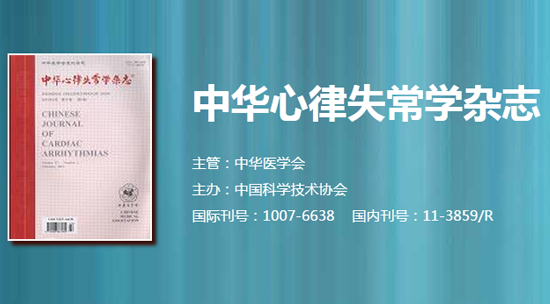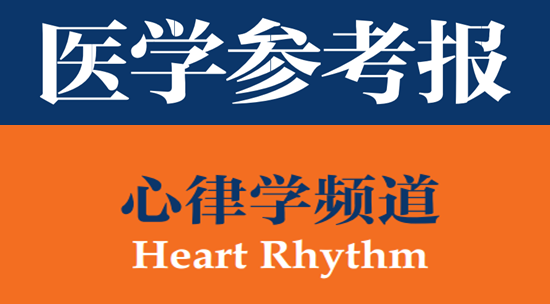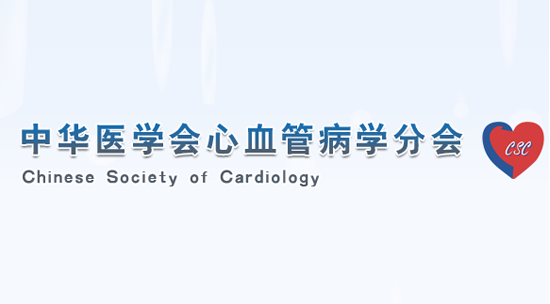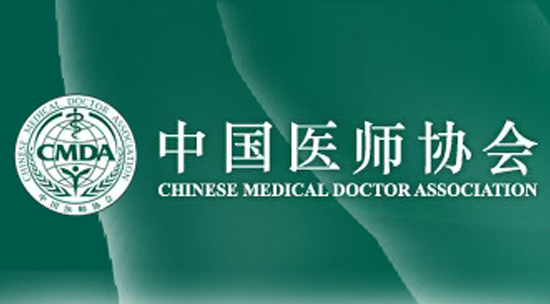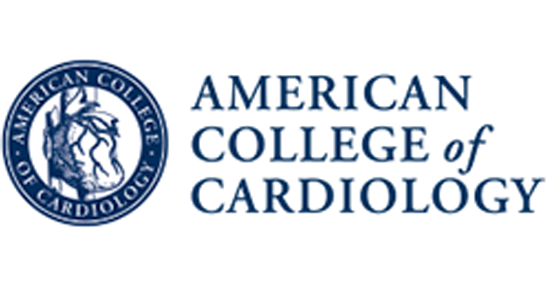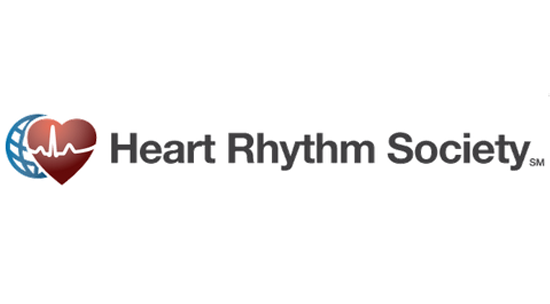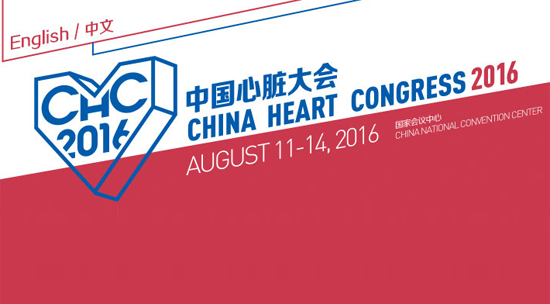Heart Rhythm主编—陈鹏生教授语音速递(六月刊 英文版)
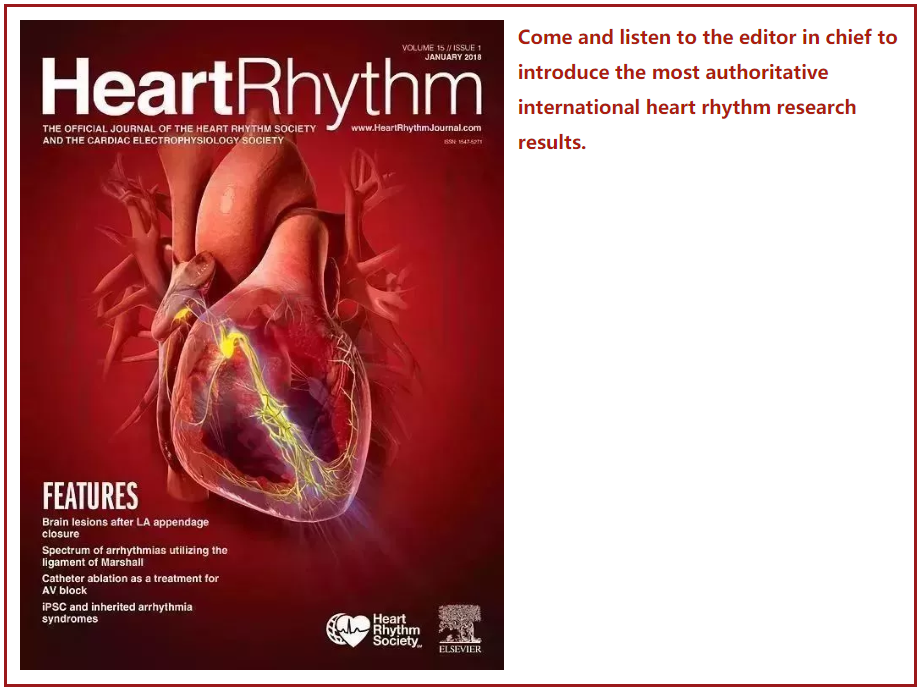
Peng-Sheng Chen
Hello, I am Dr Peng-Sheng Chen, the editor-in-chief of Heart Rhythm. Thank you for listening to this podcast, covering the June 2018 issue of Heart Rhythm.
1
The first article of this issue is an editorial by Dr Daniel Morin, our online editor. He summarizes the online development of Heart Rhythm Society Publications.
2
The next article is the Featured Article, entitled “Prognostic Significance of Ventricular Late Potentials in Patients with Pulmonary Sarcoidosis” by Yodogawa et al from Nippon Medical School, in Tokyo, Japan. A video interview between the lead author and Dr Morin can be found on the www.heartrhythmjournal.com website, or on our mobile app. In this study, the authors prospectively studied 74 patients with pulmonary sarcoidosis without overt ECG abnormalities and followed them for 9.8 years. Among these patients, 8 of 29 with late potentials on signal averaged ECG developed complete heart block, VT or heart failure. In comparison, only 1 in 45 without late potentials developed cardiac events. The authors conclude that signal averaged ECG might possibly be useful for the early detection of cardiac sarcoidosis. This paper is interesting because many patients with sarcoidosis do not develop cardiac complications. I have recently seen a patient who carries a diagnosis of biopsy proven extracardiac sarcoidosis for 40 years without developing either arrhythmia or heart failure. Accurate early detection of cardiac sarcoidosis will improve the risk stratification in those patients.
3
Next up is “Irregularity and lack of p waves in short tachycardia episodes predict atrial fibrillation and ischemic stroke” by Johnson et al from Lund University, Sweden. The authors followed 377 AF-free individuals prospectively for 13 years. All patients had 24-hr ECG screening at baseline to detect SVT episodes greater than 5 beats. The authors found short irregular SVTs without p waves likely represent early stages of AF or atrial myopathy as those arrhythmias were associated with increased ischemic stroke. The authors suggest that 24 hr ECG could identify subjects suitable for primary prevention efforts. An interesting aspect of the study is that the hazard ratio for stroke is as high as 14.2. Whether or not oral anticoagulation therapy will reduce that hazard ratio requires further study.
4
The next article is titled “Image-based criteria to identify the presence of epicardial arrhythmogenic substrate in patients with transmural myocardial infarction” by Soto-Iglesias et al from Barcelona University, Spain. The authors used Late gadolinium enhancement cardiac magnetic resonance, or LGE-CMR, to detect epicardial scar. They then performed invasive studies to determine whether the patient had arrhythmogenic substrate. They studied a total of 38 patients. The results show that an epicardial scar area of greater than or equal to 14 cm2 on LGE-CMR and mean myocardial wall thickness less than or equal to 3.59 mm predict epicardial arrhythmogenic substrate in post-myocardial infarction patients. A main weakness of the study is that the data were obtained retrospectively and that the number of patients is small. Nevertheless, this study opens up the possibility of better non-invasive risk stratification in patients who have suffered myocardial infarction.
5
Next up is “Prognostic implications of early monomorphic and non–monomorphic tachyarrhythmias in patients discharged with acute coronary syndrome” by Hai et al from University of Hong Kong. They followed 67 patients with early monomorphic and 90 patients with early non-monomorphic VT and followed them up for 5 years. About half of the patients with early monomorphic VT died. In comparison, only 30% of patients with early non–monomorphic VT and those without early VT died in 5 years. These data support the conclusion that early monomorphic VT, but not early non–monomorphic VT, independently predicted all-cause mortality in patients with acute coronary syndrome who survived to hospital discharge. Currently patients with left ventricular ejection fraction of > 35% do not have indication for primary prevention ICD. The results of this study suggest that early monomorphic VT might identify a high risk group of patients who can benefit from ICD implantations. Perhaps a clinical trial among these patients would be appropriate.
6
Next article is titled “Chronic obstructive pulmonary disease as a risk factor for ventricular arrhythmias independent of left ventricular function” by Konecny et al from University of Southern California. The authors retrospectively studied over 6000 patients. They found that COPD patients are at higher risk for VT and mortality. This may not be fully attributed to the confounding effect of systolic heart failure measured by left ventricular ejection fraction. The patients with COPD are often smokers, which might increase the prevalence of coronary artery diseases. In addition, the Table 1 shows that 66% of patients with severe COPD were using beta agonists and only 19% of them were using beta blockers. These factors might also contribute to the increased cardiac arrhythmias in patients with COPD.
7
Next up is “Techniques for successful early retrieval of the Micra transcatheter pacing system: A worldwide experience” by Afzal et al from the Ohio State University. The data came from the manufacturer, who maintains a database of all devices. All retrievals involved snaring via the delivery catheter or a steerable sheath. They studied 11 patients who required immediate retrieval of the device, and 18 patients required retrieval 1 to 95 days after the procedure. All procedures were successfully performed. The authors conclude that early retrieval of the Micra transcatheter pacing system is feasible and safe. The limitation of the study is that some operators failed to respond to the request for procedural details, so the details of some of the retrieval procedures are unknown.
8
The next one is “Long-term morbidity and mortality after ICD implantation with procedural complication” by Kipp et al from University of Wisconsin. They retrospectively studied over 130,000 Medicare beneficiaries in the National Cardiovascular Data Registry who underwent ICD implantation. They found that the occurrence of complications within 90 days of ICD implantation was associated with increased risk of all-cause mortality or hospitalization at 1 and 3 years. One explanation is that severe complications may worsen outcomes. A more interesting explanation is that the skills of the operators and the total number of ICD procedures in the implanting hospitals may influence both the complication rates and the long term outcomes of the patients. Consistent with those hypotheses, compared with facilities performing fewer procedures, the facilities with >45 procedures a year had superior survival 3 years after procedural complication.
9
The next paper is also about complications related to implanted devices. The title is “Procedural outcomes and long-term survival associated with lead extraction in patients with abandoned leads” by Merchant et al from Emory University. Among 774 patients who had undergone lead extraction procedures, 5% had abandoned leads. Patients with abandoned leads had a lead dwell time averaging 7.6 years, compared with 5.6 years in patients without abandoned leads. Abandoned leads at the time of lead extraction were associated with increased procedural complexity in the future, including a higher rate of bailout femoral extraction, and may be associated with lower clinical success. The authors conclude that among appropriately selected patients, consideration should be given to lead extraction instead of abandonment. A limitation is that many patients with abandoned leads may never require future lead extraction. Therefore, whether or not a lead should be abandoned or extracted requires careful patient selection and shared decision-making.
10
Next up is “Significance of T-wave inversion triggered by spontaneous atrial premature beats in patients with long QT syndrome” by Takasugi et al from Gifu University Hospital, Japan. The authors studied 39 long QT syndrome patients. Among them, 10 had a history of Torsades de Pointes and the others did not. They found that both atrial premature beat-induced T wave inversion and T wave alternans are associated with Torsades de Pointes ventricular arrhythmia. Perhaps continuous 12-lead ECG monitoring can be performed in patients with LQT to detect T wave inversion for risk stratification.
11
The following paper is entitled “Clinical impact of an additional left ventricular lead in cardiac resynchronization nonresponders” by Bordachar et al from Pessac, France. The authors enrolled 84 CRT non-responders and randomized 43 to implantation of an additional LV lead and 41 to a control group. The results showed that the additional lead had no significant influence on outcomes. The authors conclude that although addition of a second LV lead in CRT non-responders is feasible with a high success rate, this approach is associated with a significant rate of severe adverse events and does not provide significant long-term clinical benefits. The mechanisms of CRT non-response remains a mystery, and from this study we see that simply adding an additional lead does not solve the problem. There are some data showing His bundle pacing may be helpful in this patient population, but those results are preliminary. More studies are needed to solve this important clinical problem.
12
Next up is a paper entitled “Unipolar atrial electrogram morphology from an epicardial and endocardial perspective” by van der Does et al from Erasmus Medical Center, Rotterdam, The Netherlands. Endo–epicardial asynchrony, and the interplay between the endocardial and epicardial layers, could be important in the pathophysiology of atrial arrhythmias. The authors studied 26 patients undergoing cardiac surgery. They recorded unipolar electrograms simultaneously from the epicardium and endocardium at the right atrial free wall during sinus rhythm. The results show that local epi–endocardial differences in electrogram fractionation occur occasionally during sinus rhythm but will likely increase during arrhythmias due to increasing Endo–epicardial asynchrony and functional conduction disorders. The most interesting observation is that the morphology of unipolar electrograms can potentially be used as a tool to identify areas of endo–epicardial asynchrony even when electrograms are recorded on only 1 side of the wall.
13
The next article is entitled “Exploiting ion channel structure to assess rare variant Pathogenicity” by Kroncke et al from Vanderbilt University. The authors report on a 27-year-old woman with long QT syndrome. She was found to be a carrier of 2 variants. One was on the gene KCNQ1, and the other on KCNH2. Both variants were classified as “pathogenic” by a diagnostic laboratory, in part because of sequence proximity to other known pathogenic variants. The authors used co-segregation analysis of family, patch clamp in vitro electrophysiology, and structural analysis using recently released cryo–electron microscopy structures of both channels. They found that only the KCNH2 variant was correctly classified as pathogenic, while the KCNQ1 variant is benign. The authors conclude that proximity in sequence space does not always translate accurately to proximity in 3-dimensional space. Emerging structural methods will add value to pathogenicity prediction. Several other articles recently published in Heart Rhythm also suggest that some pathogenic genetic variants were in fact benign. New methods of genetic analyses are needed to accurately determine whether or not any variant is truly pathogenic or benign, so the patients are not misled by the results of the genetic tests.
14
Next up is a paper on “Calcium/calmodulin-dependent protein kinase II regulation of IKs during sustained b-adrenergic receptor stimulation”. The purpose of this study was to investigate CaMKII regulation of KCNQ1, which is the pore-forming subunit of IKs, during sustained β-adrenergic stimulation. The authors identified novel KCNQ1 carboxy-terminal sites with enhanced phosphorylation during sustained β-adrenergic stimulation. Based on these results, the authors conclude that CaMKII regulates KCNQ1 at site S484 during sustained β-adrenergic stimulation to inhibit IKs. The IKs is the potassium current responsible for shortening the action potential duration and QT interval during sympathetic stimulation. The ability of CaMKII to inhibit IKs may contribute to cardiac arrhythmias in various clinical situations, such as heart failure. This paper provides molecular insights into the IKs regulation, and therefore has significant potential clinical implications.
15
The next paper is written by Nishimura et al from Yamaguchi University, Japan. The title is “Mutation-linked, excessively tight interaction between the calmodulin binding domain and the C-terminal domain of the cardiac ryanodine receptor as a novel cause of catecholaminergic polymorphic ventricular tachycardia”, or CPVT. Previous studies showed that mutation in the ryanodine receptor type 2, or RyR2, is a common cause of CPVT. The RyR2 function is regulated by its interaction with calmodulin. In the present study the authors generated a knock-in mouse line with decreased RyR2 binding to calmodulin. These mice develop CPVT after epinephrine injection. The authors also found that the malfunction of RyR2 was caused by an abnormally tight interaction between calmodulin binding domain and mutated calmodulin-like domain. The clinical implication is that the interactions between these two domains might be a novel therapeutic target for treatment of lethal cardiac arrhythmias, including CPVT.
16
Next up is a review article entitled “Exercise participation and shared decision-making in patients with inherited channelopathies and cardiomyopathies” by Etheridge et al from the University of Utah. Sports eligibility and disqualification of patients with cardiac diseases are important considerations for adult and pediatric cardiologists. The 2005 guidelines that addressed this issue have recently been revised and updated, and the new guidelines advocate for a shared decision-making approach in which the well-informed athlete and family participate in the discussion. In this review, the authors focused on the benefits of sports participation and review the revised guidelines related to sports participation in patients with channelopathies and cardiomyopathies.
17
The next article, also a review article, was written by Jardine et al, entitled “The pathophysiology of the vasovagal response”. The authors stated that all tilt-sensitive patients appear to progress through 4 phases: (1) early stabilization, (2) circulatory instability, (3) terminal hypotension, and (4) recovery. The physiology responsible for each phase is discussed in this review.
18
Next up is a Hands-On article by Reddy et al from Mayo Clinic. The title is “Evaluation of shortness of breath after atrial fibrillation ablation”. This review includes a discussion on the so-called “stiff left atrium syndrome” and the optimal approach to managing patients with shortness of breath after ablation.
In addition to the above articles, this month the Journal also publishes a Josephson and Wellens ECG lesson titled “A narrow QRS tachycardia with alternating R-R interval length in a 24 year old man”, abstracts from this year’s HRS meeting late breaking clinical trials, four EP news articles, and an expert consensus statement on arrhythmias and cognitive function.
I hope you enjoyed this podcast. For Heart Rhythm, I’m Editor-In-Chief, Dr. Peng-Sheng Chen.
